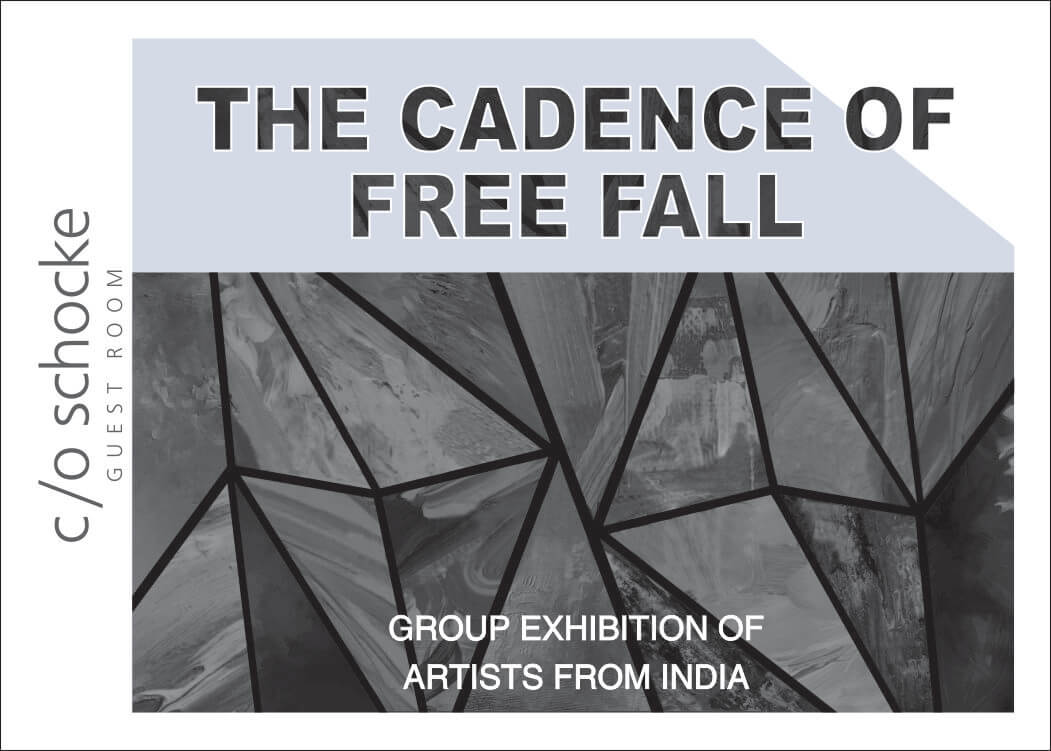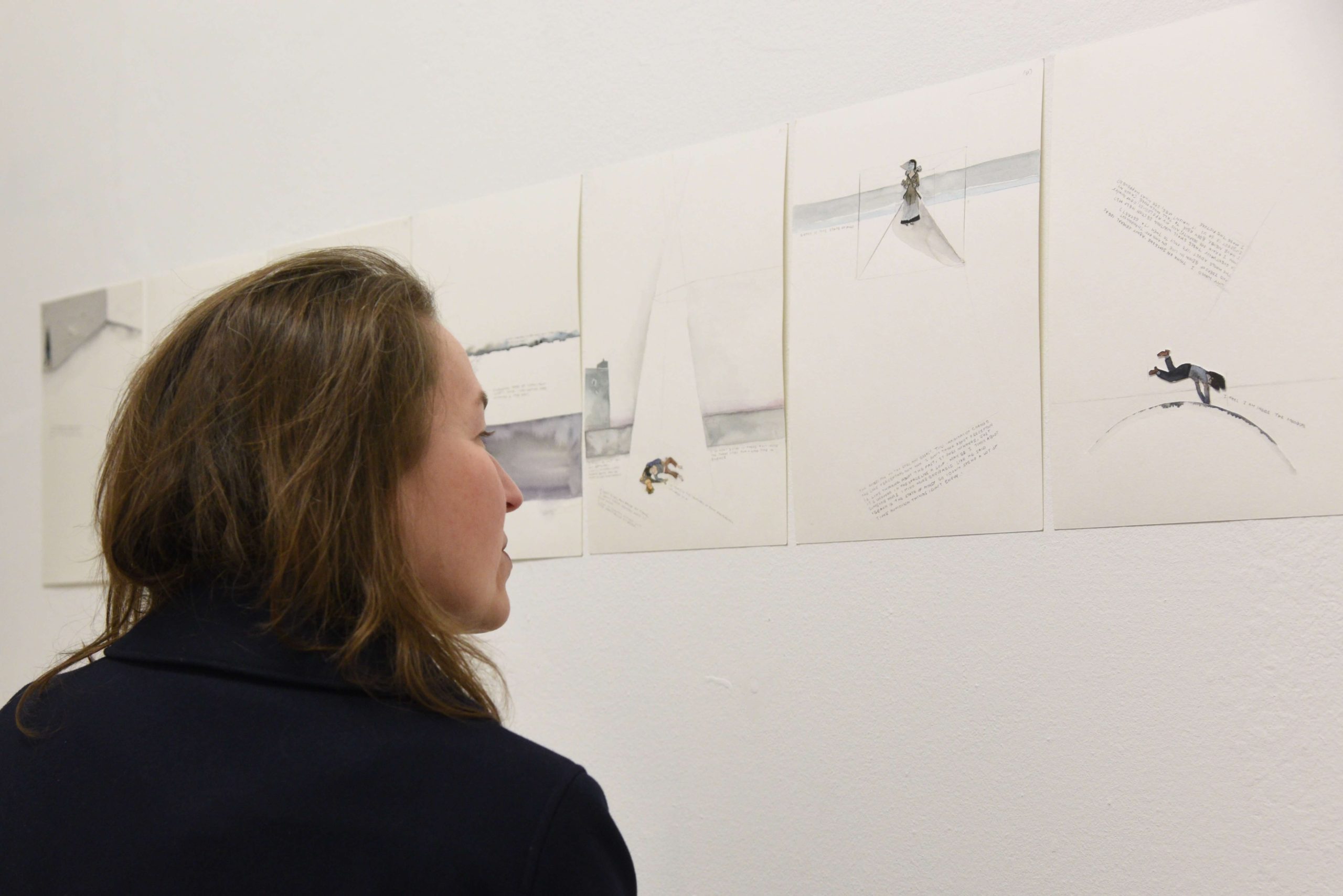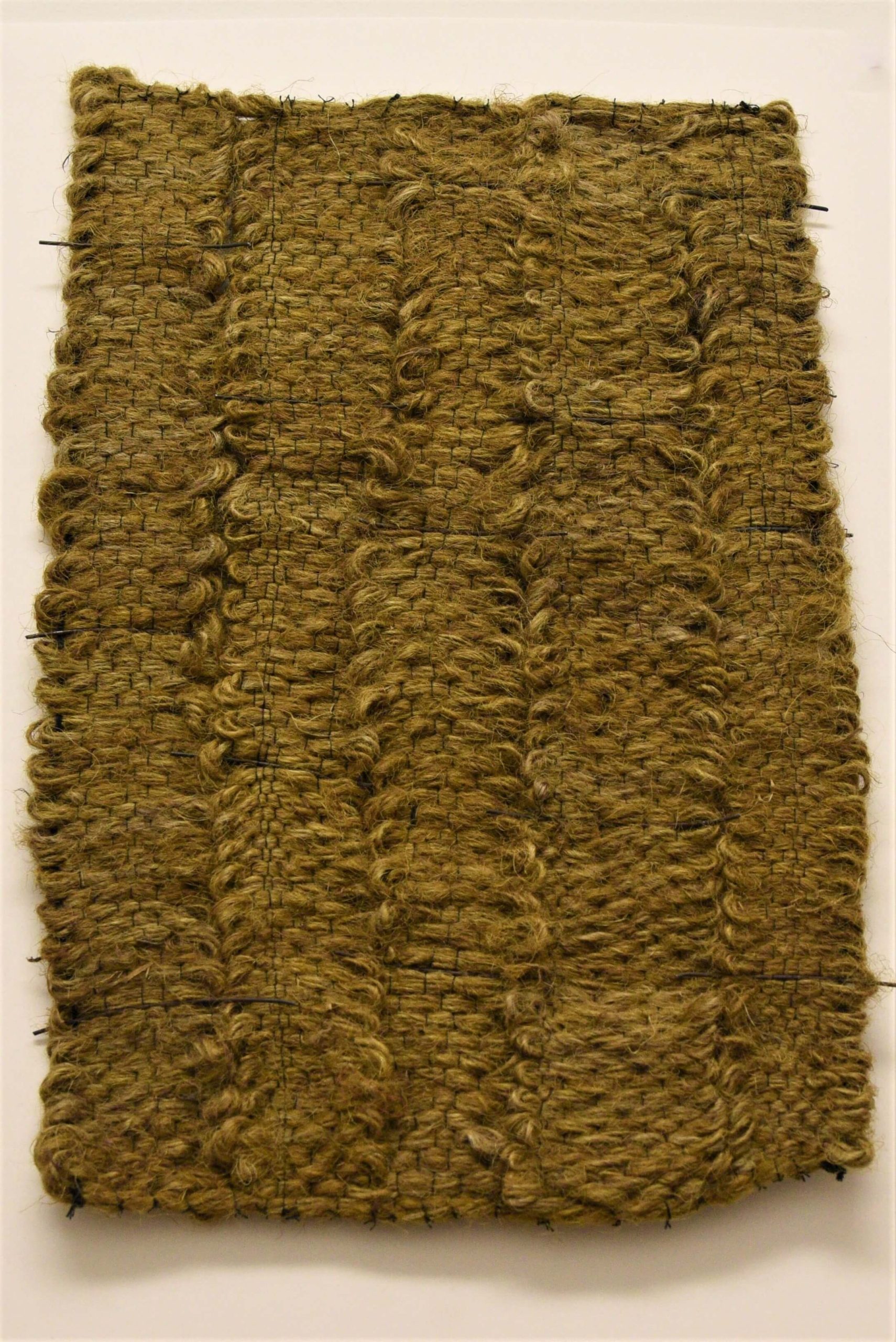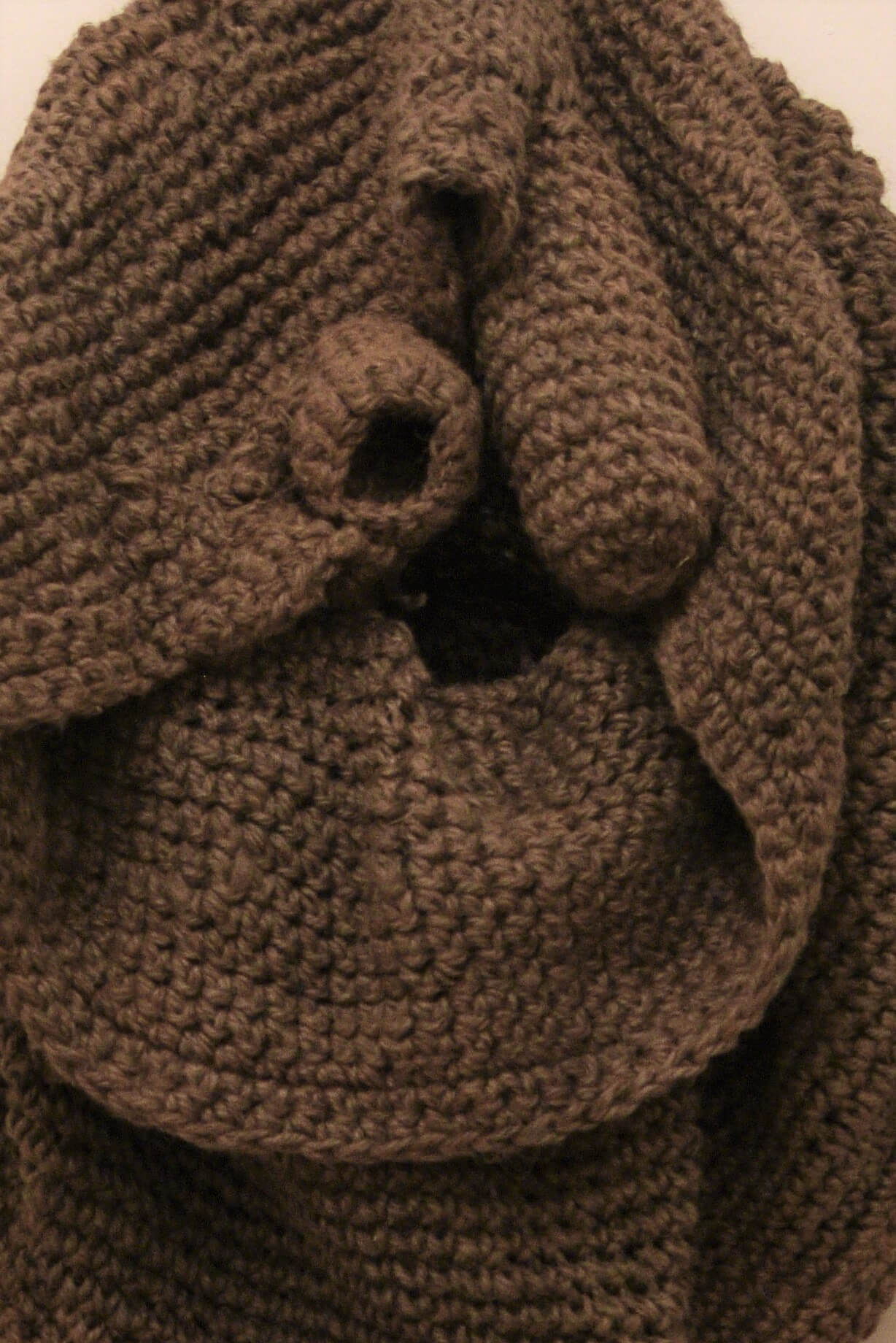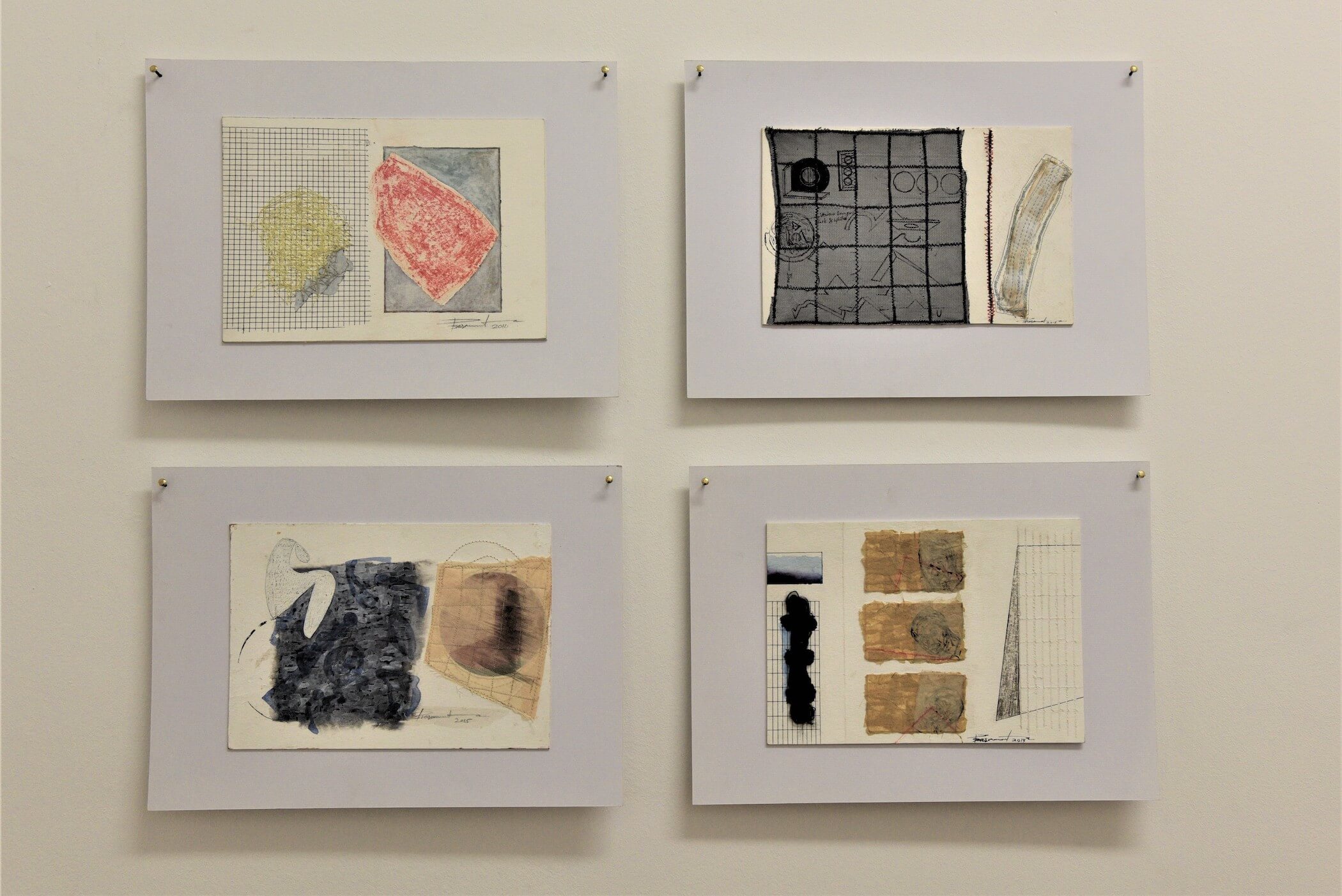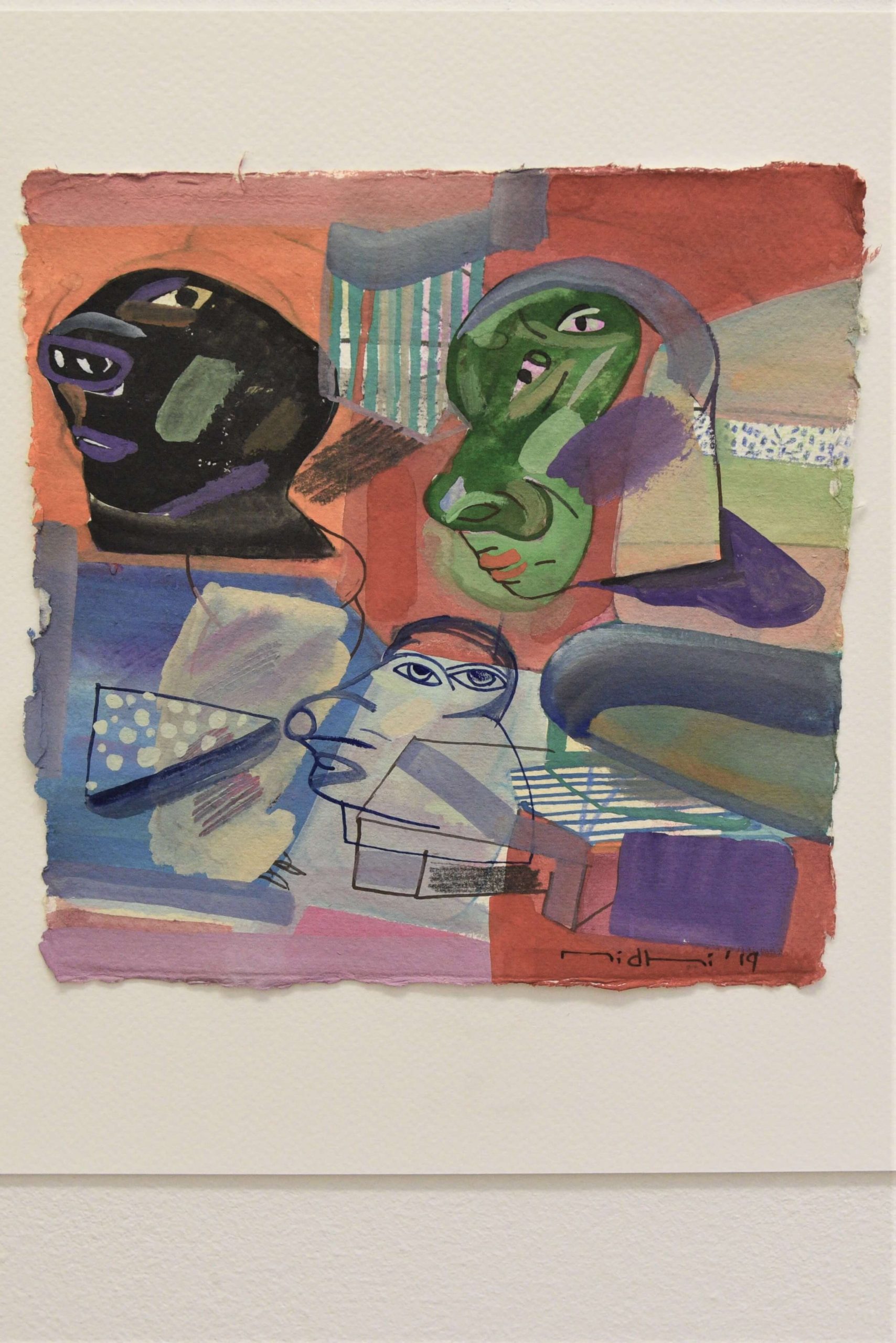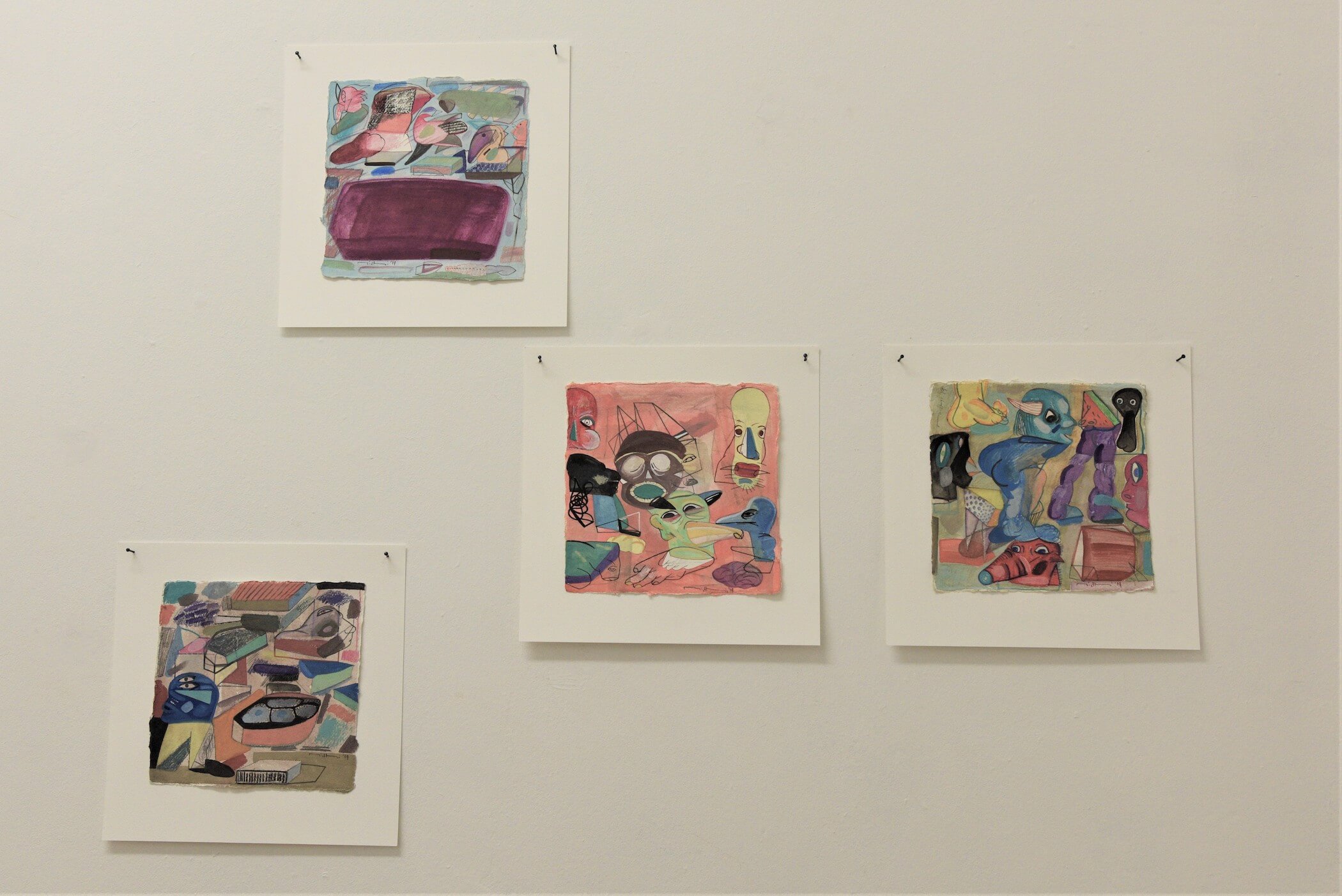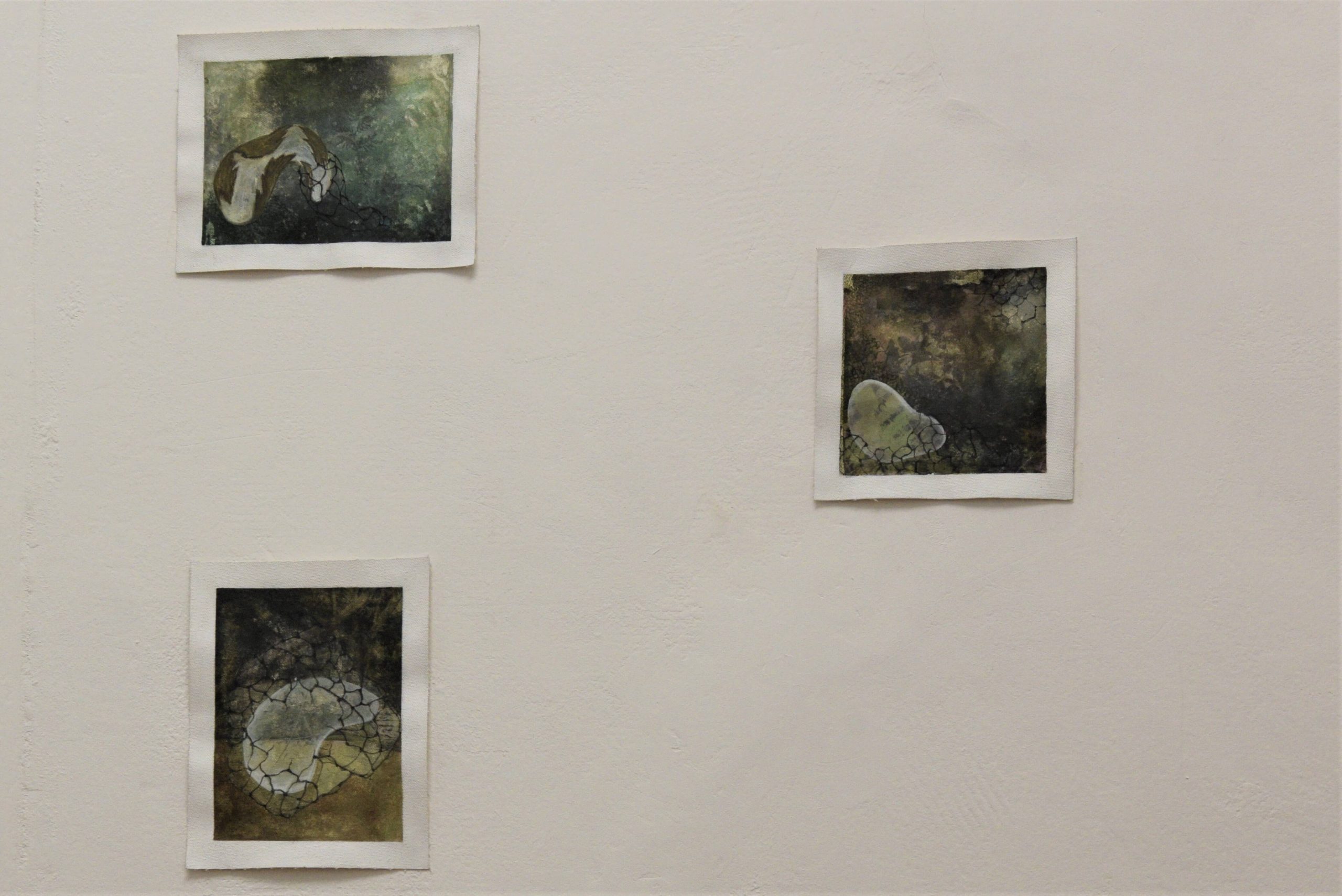The Cadence of Free Fall2 Nov – 3 Nov 2019
Concept Note
The age of the anthropocene has been ushered in with the unrelinquished advancements of technology and industry. The relentless pursuit of happiness by the human species has led a unique phase of our evolution whereby we are constantly looking at ourselves from the far away lenses. The human race is obsessed with themselves. The gaze seems to be engaged in a never ending free fall from top-below. In such a free fall of this self-directed gaze is a certain cadence, a certain rhythm that gets shifted through the layers of both abstraction and figuration, patterns to narratives, languages to symbols. It is this closing by of our perspective, where the free fall ends and when one comes face to face with the gesticulating and living world.
Nidhi Agarwal, Prasanta Kalita, Jayita Barai, Snigdha Tiwari, Tehmeena Firdos
Nidhi follows a style that could be categorised as Abstract Expressionism. In her miniature series called “The masked empire” she relies on colour with abstract figures and deconstructed geometrical forms to convey her message. She engages with personal experience, inquiring within the realm of modern industrial landscape, ravenous consumerism and the vast mythology India has to offer and then connecting them to raise her concern.
Nidhi possesses a totemic, almost shamanistic quality. Her works also explore the idea of transience and ephemerality. In “The masked empire 1,2,3,4,5,6” the objects are marked by the vivid and almost hallucinatory imagination of the artist. The figures have been taken apart and reconstructed to create live mysterious characters, dancing and conversing with the audience. Over the years the artist has specialised in intensifying the suspense and deliberately plays with the psyche of the onlooker by designing her compositions with a vibrant palette, gripping facial expressions and bold draftmanship with vivid tensile lines.
One could say her paintings interpret rather than represent the current human situation.
Prasanta doesn’t restrict himself to see a dream. Understanding of images are all about real and unreal, dream and drama. Here he considers that nothing is absolute only transforming one to another. His mind plays an important role while he picks up the images from the different sources. His paintings comprise the symbolic representation of all desires, social systems, value systems, power and social classifications as their focal issues in an abstract application. Again he would express that everything is incomplete in terms of forms and its meaning. Even while he reaches a final state of comprehension in his painting, there appears a new horizon. His paintings are for individual reflection.
As a visual artist, Jayita finds inspiration from fragments of nature, personal narratives, intimate spatial encounters. Her practice ranges from drawings, paintings, print and sculptures.
In the ‘phase of looking within’ works, she has looked through the dilemma caused by the relentless need for happiness by the human species, where they get lost and trapped within, thereby weaving a tangled shell around them to protect their vulnerability. But the question that how long can the shell last is what needs to be answered within ourselves. It will wear out to reveal the inner core within us that is stronger than the fragile shell. This phase of looking through the deep layers of within to find the trapped core is where we experience the free fall of our own existence coming face to face with the existence around us. In these works she has used photographs (transferred onto canvas) that are her interpretation of the entanglement found in the natural world which is a reflection of this dilemma.
Snigdha’s work engages with her immediate surroundings, moments and responses. She has been interested in the body as flesh and mental space. She likes creating metaphors through the simplest gestures. Her practice majorly involves weaving; finding points of interest in the spaces she is in; as a body that negotiates with the other bodies and also the exchange of emotions and brings these observations together into her work.
Here she talks about Forgetfulness. The momentary obsession with an object. The Act of Stacking these objects in memory and physical cupboards, then forgetting about them. She finds the action of stacking highly repetitive. We stack all our favorite objects one on top of the other to organise ‘our space’. And eventually forget the lowest ones. This stands same for memory. She finds a lot of similarities between the physical movement of stacking and weaving as they both keep one cell after the other the way one knot or thread is placed after the other and in the course of this arranging one transfers a part of their self into this pile.
Tehmeena understands her practice not as something seen through a singular lens, but as collages of multiple interests and thoughts that she attempts to thread into visuals. In a sense the ‘common’ point that bases her work, stems from a process that is individualistic and personal and in turns becomes as underlying motif that keeps recurring in her drawings. Often as graphic self-portraits interspersing popular imagery. Her process of ideating is akin to that of a personal journal; where her drawings carry a continuity of her everyday life –as struggles of ‘being as artist’, of ‘being social’ of being productive or being lazy or bored. It is from this that she began to explore the dynamics between private-public spaces, especially through the gaze of popular culture-in magazines, fashion and advertising that delineated a particular sensibility, in relation comfort-discomfort, restful-restlessness become a part of this exploration as she creates visual clashes through techniques of collage.

